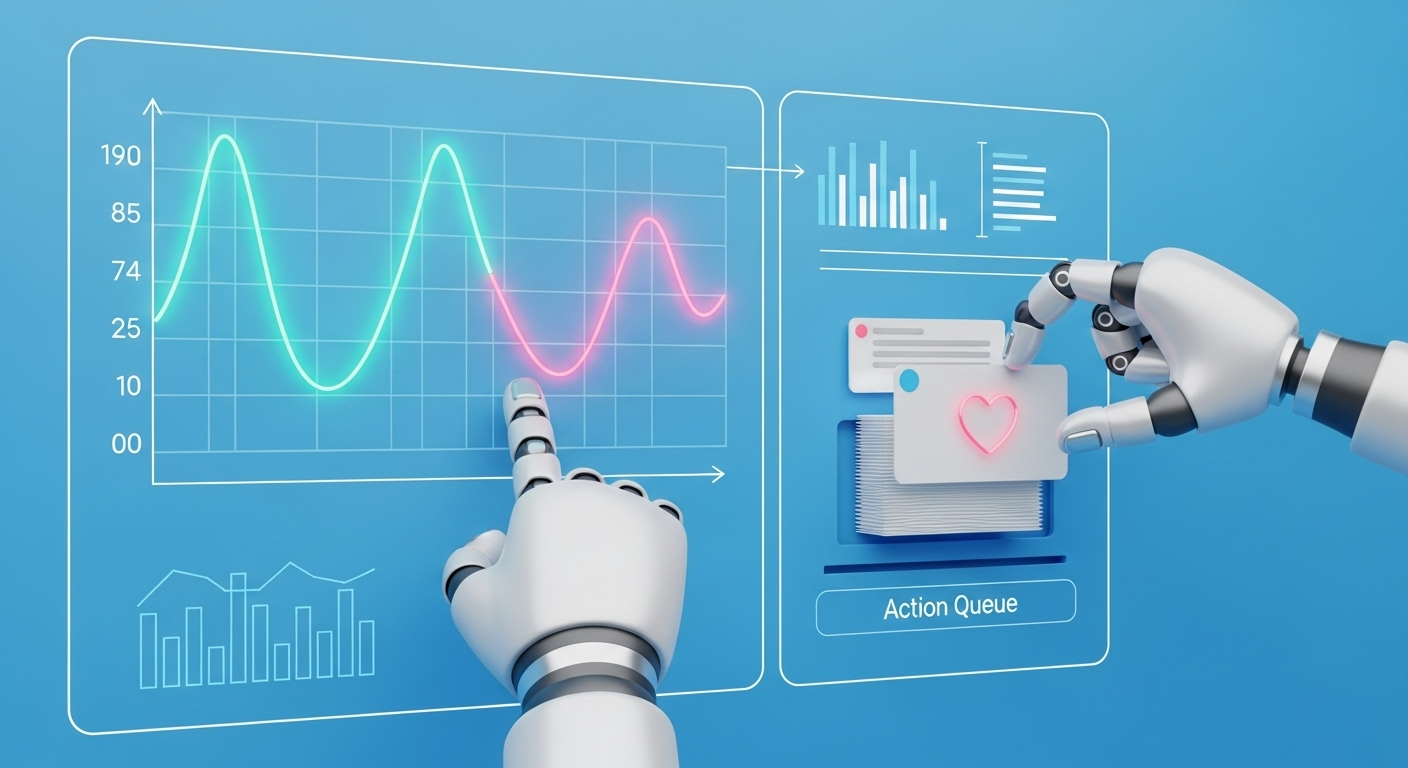Behind the seemingly random notifications that pop up on your phone from social platforms lies a meticulously engineered and fully automated user action trigger system. This technology is the platform’s central nervous system, designed to monitor the digital environment and dispense precisely timed prompts to stimulate engagement. It is a proactive mechanism that aims to keep users returning, interacting, and moving forward in their journey of connection.
This system operates on a simple but powerful principle: a user who feels like things are happening is a user who will stay engaged. These triggers are the automated taps on the shoulder—the “someone new liked you” alerts, the “your match is online now” nudges—that create a sense of dynamic activity. They are the invisible engine that transforms a static database of profiles into a living, breathing ecosystem of opportunities.
These automated prompts are crucial for guiding users and optimizing their experience, but they are just one part of a platform’s complex machinery. The financial engine that powers this technology is equally sophisticated, and understanding payment models is key to seeing the full picture of how these platforms operate. This article explores the architecture of the automated trigger system, revealing the logic that decides when and why you receive that timely notification.
The “If-This-Then-That” Logic Core
At its most fundamental level, the automated trigger system operates on a series of “If-This-Then-That” (IFTTT) logical pathways. The platform’s engineers define hundreds of potential user actions or “triggers” and map them to a corresponding automated “action” or notification. This creates a vast decision tree that governs the flow of automated communication.
A simple example of this logic is the “Welcome” sequence. If a new user signs up, then the system is triggered to send a series of onboarding prompts, such as “upload more photos” or “complete your bio.” This is a basic but essential function that guides new members through the critical first steps, increasing the likelihood that they will become fully invested participants in the ecosystem. This foundational trigger logic is the bedrock upon which more complex systems are built.
These IFTTT rules extend to nearly every aspect of the user experience. If a user receives a message but doesn’t reply within 24 hours, the system might trigger a reminder. If a user hasn’t opened the app in three days, it might send a “here’s who you missed” digest. Each trigger is designed to counteract user inertia and pull them back into the active environment.
Key Triggers for Engagement
While the number of potential triggers is vast, platforms tend to focus on a core set of high-impact events that are proven to drive user engagement. These triggers are carefully selected because they tap into powerful psychological motivators like curiosity, social proof, and the fear of missing out (FOMO). They are the system’s most effective tools for keeping the user base active.
One of the most powerful triggers is social activity directed at the user. Notifications about new likes, views, or matches are the lifeblood of the engagement engine, as they provide immediate positive reinforcement and a compelling reason to open the app. Another key trigger is scarcity, such as a “your most compatible match of the day is here” notification, which encourages immediate action.
These systems are calibrated to deliver a balanced diet of notifications, designed to feel helpful rather than spammy. The most common and effective triggers dispensed by the system include:
- Reciprocity Triggers: “X has liked you back! It’s a match!”
- Scarcity Triggers: “A new selection of profiles is available for the next 24 hours.”
- Activity Triggers: “Someone you liked is currently online.”
- Re-engagement Triggers: “See the top profiles you missed this week.”
The Inactivity Monitoring Subsystem
A crucial component of the trigger system is the inactivity monitoring subsystem. This part of the engine is specifically designed to detect when a user’s engagement begins to wane and to deploy a strategic sequence of prompts to win them back. It acts as an automated retention specialist, working to prevent user churn before it happens.
The subsystem tracks key metrics like time since last login, session duration, and the rate of outbound “likes.” When these metrics fall below a predetermined threshold, the user is flagged as “at risk of churn.” This flag activates a specialized re-engagement protocol designed to remind the user of the platform’s value.
This protocol often begins with gentle, high-value notifications, such as highlighting a new, highly compatible match. If the user still doesn’t respond, the system may escalate its efforts, perhaps offering a temporary free trial of a premium feature to entice them back. The entire process is a calculated, multi-step campaign to reignite a fading spark of interest.
Personalization Through Machine Learning
The most advanced trigger systems are moving beyond simple IFTTT rules and are incorporating machine learning to hyper-personalize the user experience. These ML models analyze an individual’s unique behavioral patterns to determine which triggers are most effective for them specifically. The system learns what kind of notifications you are most likely to respond to and adjusts its strategy accordingly.
For example, the model might learn that you consistently ignore “someone viewed your profile” alerts but almost always open the app when notified about a new message. In response, the system will down-regulate the former and prioritize the latter, creating a more effective and less annoying communication stream. This is dynamic trigger optimization in action.
This level of personalization ensures that the platform’s automated outreach feels more like a helpful concierge and less like a generic marketing robot. By learning your preferences, the system can deliver the right prompt at the right time, dramatically increasing its effectiveness. This continuous learning and adaptation is the future of automated user engagement.
Questions and Answers
This is often a deliberate strategy. The platform may be showing you a “like” from a user who is outside your current search filters (e.g., slightly older or further away). The notification is designed to entice you to open the app and potentially broaden your filters or purchase a premium feature that allows you to see all your likes.
Yes, all reputable platforms provide granular control over notifications in the app’s settings. You can typically choose to turn off specific types of alerts (like profile views) while keeping others active (like new messages). However, platforms often make the default settings very “chatty” to maximize engagement.
Generally, yes, but the definition of “now” can be flexible. The user might have been active within the last few minutes, not necessarily at the exact second you receive the notification. The trigger is designed to capitalize on a window of recent activity to encourage a timely interaction.

